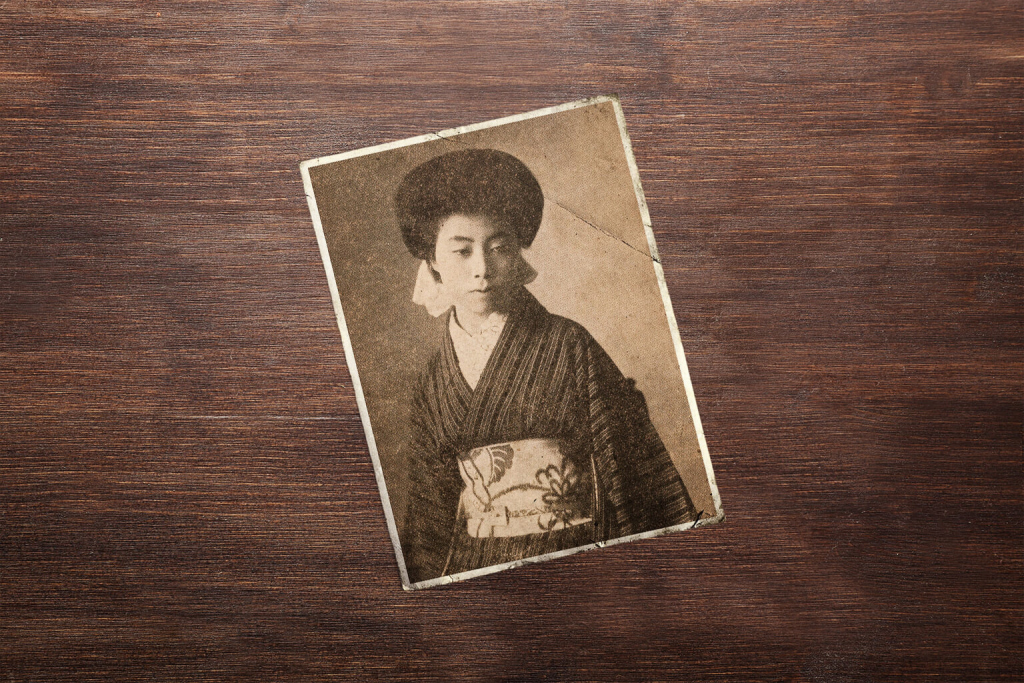On this day 20 years ago, Japan lost one of its greatest ever feminists. Shidzue Kato (also known as Baroness Ishimoto from her first marriage) was a vocal women’s rights activist and politician who was elected to both houses of the Diet as a member of the Socialist Party.
Inspired by her friend Margaret Sanger, Kato was probably most well-known as the pioneer of the birth control movement here. A founder member and president of the Japan Family Planning Association, she lobbied for oral contraceptives for decades. In 1999, two years before her death, the pill was finally approved.
Background
Kato was born into the wealthy ex-samurai Hirota family on March 2, 1897. Attending Gakushuin Girls’ School, an institution established to educate children of Japan’s nobility, she was taught to become a “good wife and wise mother.” Her parents also worked on her etiquette at home.
At 17 she married Baron Keikichi Ishimoto. The son of a former Minister of War, he was a progressive Christian humanist and mining engineer who took his young wife to the Miike coalfield in Kyushu. Witnessing the unhygienic working and living conditions proved both a depressing and enlightening experience for Kato who’d had such a privileged upbringing.
The exploitation of women and children in particular had a big effect on her. The number of female employees (and their kids) down the mine grew faster than males because they were paid less. Many worked while pregnant to raise small funds for unwanted babies they couldn’t afford.

Kato was known as the Margaret Sanger of Japan
Meeting Margaret Sanger
With their health deteriorating, the couple decided to leave Miike and soon after moved to the States. It was a journey that would change Kato’s life. She met many prominent feminists including Agnes Smedley who in turn introduced her to Margaret Sanger, the woman responsible for opening America’s first birth control clinic in 1916.
Hearing Sanger’s story encouraged Kato to try and introduce something similar in Japan. She argued that birth control would not only give women greater independence, but also help the people here raise better children. In 1934, she eventually opened the country’s first non-profit birth control clinic.
Three years later, she spent two weeks in prison for opposing the government’s position on population growth. It would not silence her. Like Sanger in the US, she continued to lobby those in power demanding change. Though thousands of miles apart, the two women became kindred spirits and were both arrested for expressing their views. Kato was instrumental in arranging things for Sanger’s various trips to Tokyo and the American even commented that she wanted to be buried alongside her Japanese friend in Tokyo.

After witnessing the birth control movement in America, Kato wanted to create something similar in Japan
A New Husband and a New Position
Kato’s marriage to Baron Ishimoto eventually ended in divorce. In her autobiography, she wrote that her husband “had made a 180-degree conversion from his position as an intellectual humanist and a pacifist and had embraced the theory that it was natural for Japan to undertake imperialist aggression in Manchuria and Mongolia.”
Though the marriage was effectively over in the 1920s, they didn’t make it official until two decades later. Being from noble backgrounds, they needed approval from the Imperial Household Agency. That eventually came and she was free to marry socialist labor organizer Kanju Kato, whom she first met in 1923. In 1945, they gave birth to a baby daughter. Kato described her as a “miracle” sent to replace her son who had died in the war.
A year later Kato was one of 39 women elected to office. The 1946 General Election was the first-time females could both run and vote here. Despite often being ignored by a predominantly male Diet, she persevered, championing causes such as birth control legislation and the abolition of the feudal family code. She also played a significant role in arranging Tokyo’s first-ever women-only rally.
In 1950, Kato was elected to the Upper House. This is where she served until her retirement in 1974. Twenty years prior she helped to establish the Japan Family Planning Association. Advocating the concept of sexual and reproductive rights as a basic human right, the association pushed strongly for the legalization of oral contraceptives.

Birth control pills were introduced in 1999
Legalizing Oral Contraceptives
In the 1960s, the Ministry of Health, Labor and Welfare began to consider legalizing birth control pills. By 1989, a decision still hadn’t been reached. The concern was that it would reduce condom usage leading to an increase in sexually transmitted infection rates. Ten more years of deliberations followed.
Then the impotence drug Viagra was given the green light after just six months of discussions in early 1999. Accused of hypocrisy and societal bias, the Ministry came under increasing pressure to approve the birth control pill. Kato, aged 102 at the time, was among those demanding action. Later that year Japan became the last industrialized nation to consent to low-dose oral contraceptives.
Two years later, Kato passed away at 104 having lived through three centuries. A hugely influential figure, she will long be remembered as the woman responsible for initiating the birth control movement here. Today in Japan various kinds of contraception are available to women in drugstores, online or from medical clinics. The fight for access to over-the-counter emergency contraception, however, goes on. It’s a cause that would no doubt have been close to Kato’s heart were she still alive.









